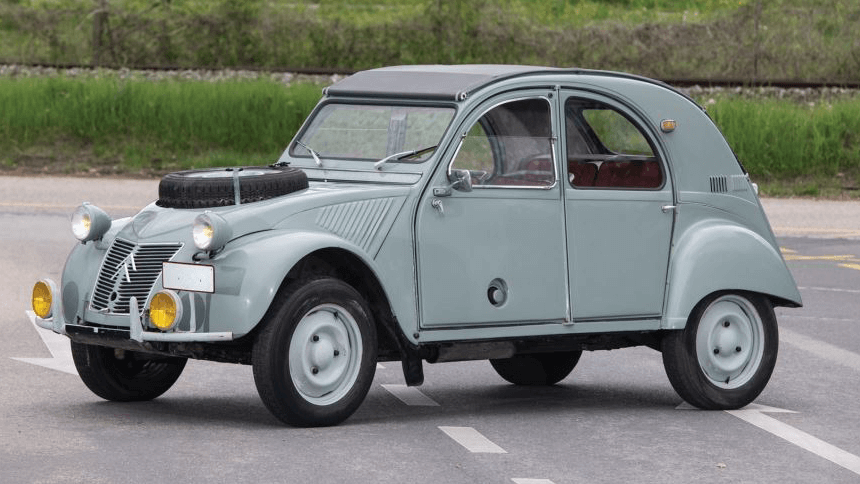Chance are you know the 2CV ("deux Chevaux Vapeur"- 2 horsepower). Up there with cars like the Mini Cooper, Fiat 500, and VW Beetle, it’s one of the most iconic European cars of all time. It also oozes a ton of character and is one of those cars that helped mobilize a nation. This mobilization came due to a key feature of the 2CV, the ability to go nearly anywhere. During its initial design, Citroën’s goal for the 2CV was to cross a muddy field with four people in and not get stuck. After several designs and prototypes, it actually managed to do that without issue. However, there was some terrain the 2CV could not conquer, primarily sand. While this didn’t pose a problem in the fertile lands of France, it did cause an issue in the French colonies.
Beginning in the 1800s, France, along with other European nations scrambled to claim a stake in Africa. This resulted in the French laying claim to most of Northern Africa and pretty much all of the Western parts of the continent. This also meant that France controlled a huge swath of the Sahara desert too. As one of the most inhospitable places on the planet, traversing the Sahara is no small task. But with scores of natural resources, including large oil reserves, French colonists had a need to trek out into the sandy expanse.
This is where the Citroën 2CV Sahara comes in, which is the first, and one of the only dual-engine off-road vehicles. While other companies would build something new, Citroën had another, rather quirky idea. Instead of fitting a center differential and new axles, it merely slapped a second engine in the rear of the 2CV.
Due to the high cost and decolonization of Africa, Citroën only made around 690 Saharas. Also, due to its use in super rough terrain, not many ended up surviving. So an already rare car is even rarer to find today.
The Citroën 2CV Sahara paper model in 1/24 scale is available on the website of HISA, a 1st class architect. There are also other Citroën car paper models available on this site.
Download and build your own Citroën 2CV Sahara Papercraft & more (by HISA).
Photo: Tư Ông 1958


